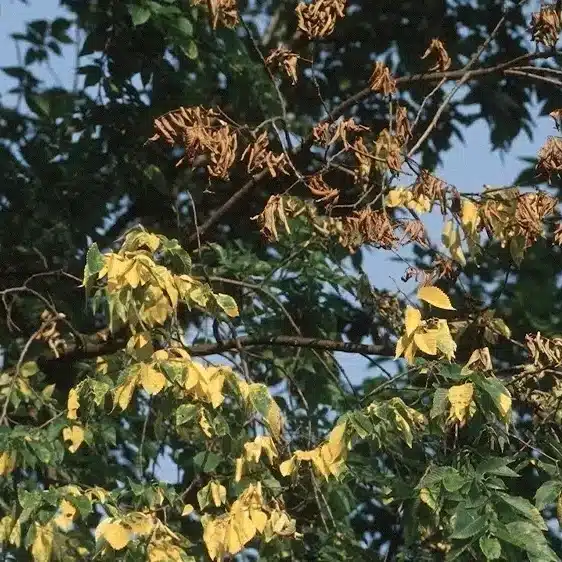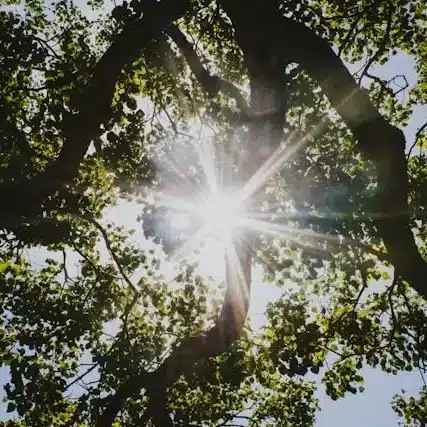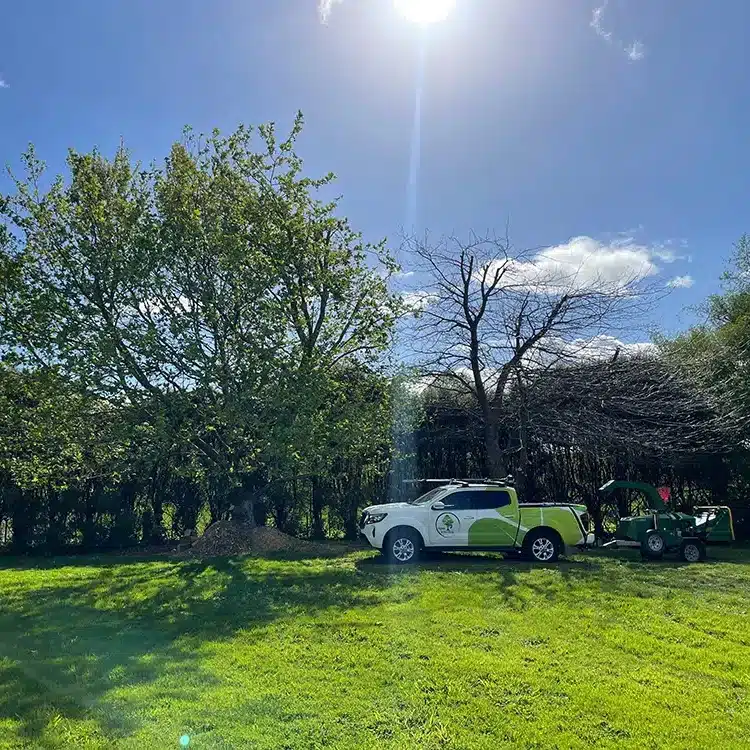Hedge Trimming and Pruning
Trees are much like humans and can get sick if not looked after, leading to severe issues, including falling over or dying. Trees can also spread their disease to other nearby trees and cause them to become sick. We outline the common signs of tree disease below and what you should do if you have an unhealthy tree on your property.
Here are 10 common signs of tree disease in NZ:
- Changes to the bark
- A cracking or splitting trunk
- Reduced foliage
- Discoloured leaves
- Fungal disease
- Pests
- Deadwood
- Changes to the tree’s soil
- Root rot
- Slime flux
1: Changes to the bark
Its important to regularly check for changes to your tree’s bark. It is one of the easiest and quickest ways to identify the health of your trees. You should pay close attention if you notice any changes in the bark, especially if there are signs the bark is:
- brittle,
- peeling,
- crumbling,
- cracking or,
- spongy.
Another common sign of tree disease is fungus growing on your tree, which appears as black or white spots on the bark. When you first notice any of these symptoms, you should contact a tree professional as soon as possible so they can check how serious the issue is.
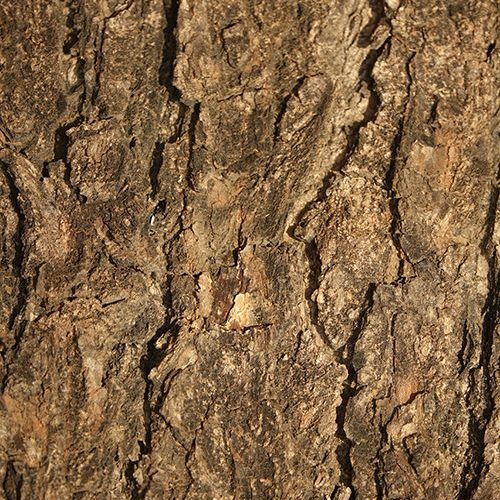
2: A cracking or splitting trunk
Trees that are splitting are often unhealthy and could mean it is structurally compromised and could be dangerous. The bark on your tree can form cracks for many reasons and is often harmless. However, if you notice that the crack or split is significant or goes deeper than the bark, you must get this checked out by an arborist.
3: Reduced foliage
Your tree should have some foliage on its branches in all months except winter. In the spring and summer, healthy trees are usually covered in leaves. Common occurrences that could be the result of tree disease that you should look out for in the foliage of your trees:
- your tree doesn’t have leaves
- the leaves are turning or have turned brown or,
- the leaves have thinned out in a specific area of the tree canopy.
If you look closely at a deciduous tree and notice that some dead leaves are still attached while the other branches are bare, the leafy branches often have an illness or are dead. It is typical for most trees to shed their leaves naturally. If you are unsure if one of your trees is dead, you should contact an arborist as soon as possible because you might still be able to save the tree.
4: Discoloured leaves
If you notice the leaves on your trees are going through unexpected changes such as spots or mottling, this is a common indication that your tree has a sickness or that the tree isn’t getting enough:
- water
- sunshine or,
- nutrients
If your tree is not getting enough of the above elements, it prevents it from producing enough energy for photosynthesis.
If you have an evergreen tree and notice that the leaves are changing colour to yellow, red or brown, it’s likely that your tree has a disease or is dying/dead. If you notice any of these changes to your leaves, you should get them examined by an arborist.
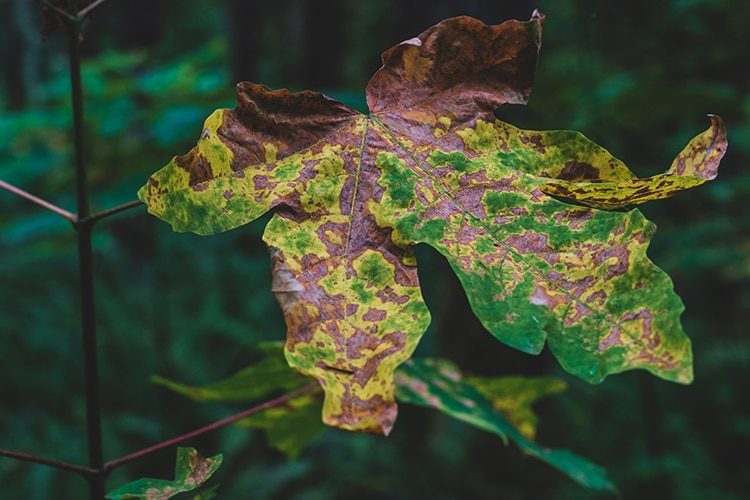
5: Fungal disease
A fungal disease is one of the most harmful tree diseases. Fungi can infect trees by airborne spores or spreading from other affected plants or trees. Fungi typically appear as a white substance that forms when the bark is removed. Another indication of a fungus attack is in the form of a mushroom or conk-shaped fruiting body. The tree may become ill if the fungi spread throughout the tree and attack the root system.
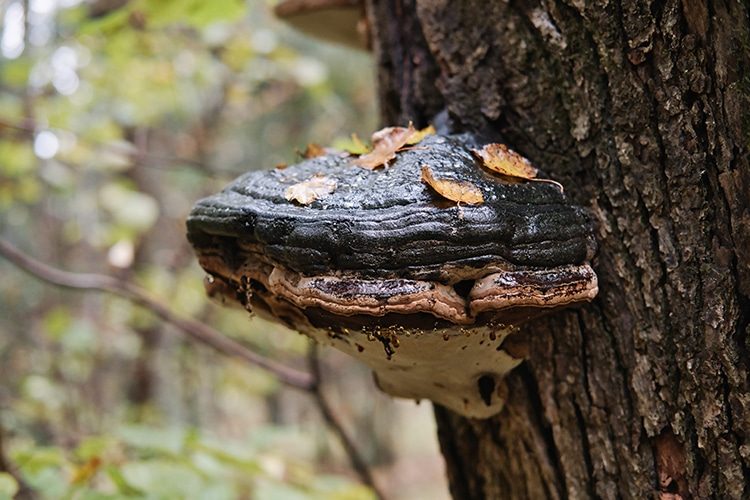
6: Pests
Several pests can cause tree disease. However, the most common pests that attack trees in New Zealand are insects or worms. Even though there are other pests in New Zealand, here are two examples to look out for:
- Beetles – create tunnels across the branches and bore into the tree’s bark, infecting it.
- Wasps – An egg-laying wasp species typically causes citrous trees to swell and expand the area available for the infection by laying their eggs in the branches.
If you have either of these pests in your trees or any other pest, get in touch today to find out how we can help.
7: Deadwood
It can be perfectly normal for a tree to have deadwood. However, if you do spot deadwood on your tree, it is often associated with the tree being under stress and potentially sick. It’s always a good idea to get deadwood checked out by a professional when you first spot it to ensure it’s not a sign of more significant health issues.
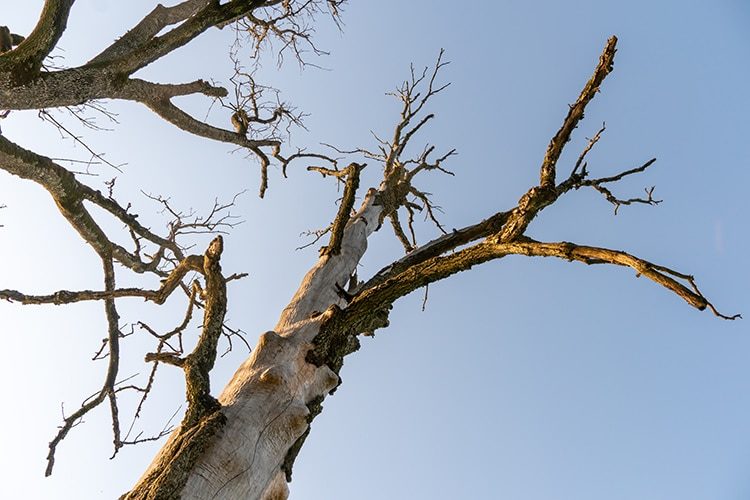
8: Changes to the tree’s soil
The soil around your tree might offer hints regarding the condition of your tree. It’s common for the ground to become too dry or too wet, causing it to crack or become soggy. Soil that cracks or becomes soggy can impact the ability of the ground to support your tree and cause it to lean slightly or fall over completely.
Other issues, such as having soil surrounding your tree trunk, can cause serious harm for the roots because the roots require oxygenated soil to flourish, and if the soil is too high or compact, it can suffocate the root system. If you are planting a tree, get in touch to find out if the ground is suitable for the tree as it grows.
9: Root rot
Root rot is another common tree disease. In the summer, withered or yellowing leaves signify root rot. Damage to the roots is crucial since they are necessary for the tree to absorb water and nutrients to develop and prosper. Hiring a professional to expertly trim the tree and treat the soil to manage the fungal infection is crucial to preventing it from spreading to other trees.
10: Slime flux
Wetwood, or Slime Flux, is a bacterial infection that causes a slimy, smelly, or gooey substance to ooze out of your tree. The sap oozing from the infected tree’s base can kill nearby plants. This bacterial infection can be caused by various things, including:
- poor pruning
- improperly cut branches
- wildlife damage and,
- other environmental effects.
Remember to water your trees carefully, maintain their health, and hire experienced arborists to prune them to prevent bacterial infection to your trees.
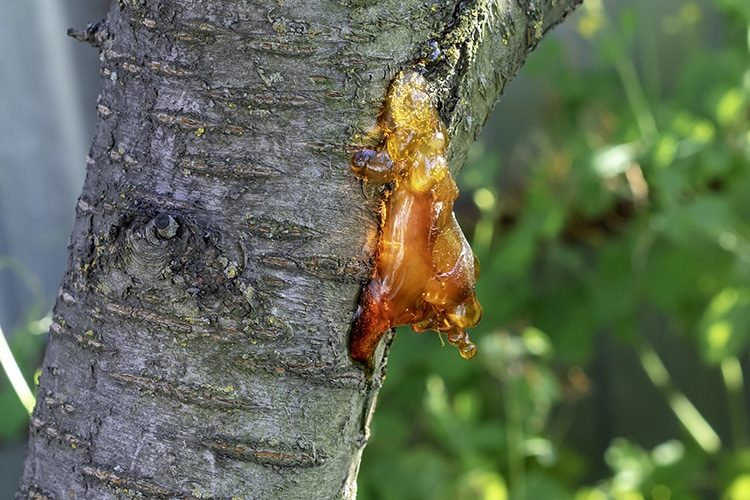
What should I do if I notice any of the above symptoms?
Rescuing an ill, diseased, or unhealthy tree can still be possible. However, these signs indicate that your tree’s health is in danger. The sooner you recognise these symptoms, the quicker your tree may be treated and recover.
If you have noticed these symptoms in your trees, you need to speak with an arborist in your area. An arborist is a certified specialise that can:
- spot trees in danger
- assess the damage
- spray your tree with chemicals correctly
- warn you of any illnesses spreading among your trees
- treat the disease
- brace your trees for support or,
- remove an ill or dead tree.
An arborist will be aware of and able to assist if there is any way to save your tree. For professional guidance on how to address ill trees, including their maintenance or removal, contact Apex Arborists today by phone 022 516 0700 or email info@apexarborists.co.nz
FAQs About Tree Disease in NZ
New Zealand faces several tree diseases, but one of the most notable is Kauri dieback disease, caused by the pathogen Phytophthora agathidicida. This disease specifically targets the native Kauri trees, leading to the deterioration and death of these iconic giants.
Signs of a fungal infection in trees include wilting leaves, discoloration, abnormal growths (such as mushrooms or conks) at the base or on the tree itself, and cankers or lesions on the bark. Infected trees may also show signs of premature leaf drop or dieback of branches.
Yes, a tree can recover from disease, depending on the severity and type of disease, as well as the tree’s overall health and environmental conditions. Proper care, such as pruning of infected parts, improving soil and moisture conditions, and applying appropriate treatments, can aid in recovery.
Treating an infected tree involves several steps:
- Identify the specific disease or infection.
- Prune and remove affected branches and foliage.
- Apply fungicides or other treatments as recommended for the specific disease.
- Improve the tree’s growing conditions, including watering, mulching, and fertilising appropriately.
- In some cases, professional arborists may need to be consulted for more severe infections.
Dieback disease in New Zealand commonly refers to Kauri dieback, affecting Kauri trees. It is caused by the pathogen Phytophthora agathidicida, leading to root rot, trunk lesions, and eventually the tree’s death.
The black fungus on New Zealand trees is often sooty mould, which grows on the honeydew excreted by insects like aphids and scale insects. While sooty mould doesn’t infect the tree directly, it can cover leaves and bark, reducing photosynthesis and affecting tree health.
Globally, one of the most common tree fungi is Armillaria, also known as honey fungus. It attacks and decays the roots of many types of trees, leading to weakening and eventually the death of the tree.
Tree rot or fungus can manifest as discolored and soft, crumbly wood, often accompanied by fungal growths such as mushrooms or conks around the base of the tree or on the trunk. Affected areas may be wetter than healthy wood and may have a foul smell.
Fungicides can be effective in killing tree fungi, but their effectiveness depends on the type of fungus and the extent of the infection. Proper application is crucial, and in some cases, removing the affected tree parts may be necessary. Improving tree care and environmental conditions is also key in preventing fungal infections.


